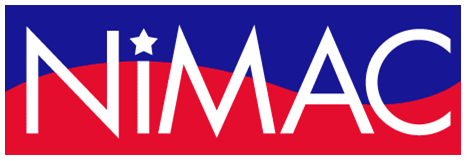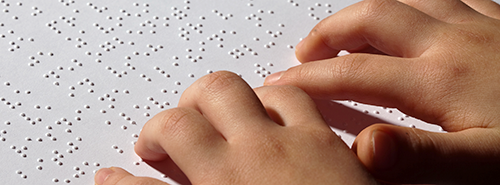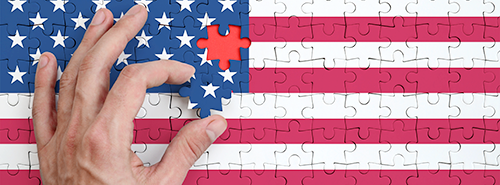For the complete legislative language in IDEA 2004 regarding the NIMAC, visit NIMAS and AIM in IDEA.
Based on the DAISY standard, NIMAS itself is not intended for distribution directly to students – generally, it requires conversion to become a fully-accessible textbook equivalent for students with print disabilities.
What is the NIMAC?
How To Use NIMAC
The Accessible Materials Process:

State and local educational agencies, and the accessible media producers they choose, use the NIMAC to download NIMAS files; they then convert the files into accessible materials including braille, digital audio, DAISY text, DAISY audio, large print, or other student-ready formats.
- Over 200 K-12 educational publishers have submitted files to the NIMAC.
- More than 84,000 NIMAS files are available in the NIMAC.
- All 50 states, plus all seven of the eligible outlying areas, have coordinated with the NIMAC.
- The NIMAC has over 400 registered users.
- Our online system gives states and media producers 24/7 access to NIMAS source files.
- NIMAC accounts are available to Authorized Users, Accessible Media Producers, State or Local Education Coordinators, and publishers.
The NIMAC Advisory Council provides NIMAC with input on policy issues from a broad range of stakeholders.
Do you need help obtaining student-ready formats or getting “plugged in” to your state system? More Resources.
For more information about NIMAS and AIM production, visit the National Center on Accessible Educational Materials.
Braille & Born Digital Curriculum Survey
The NIMAC is pleased to share the results of the Braille & Born Digital Curriculum Survey, which was developed and distributed in collaboration with the National AEM Center at CAST and the American Printing House for the Blind (APH). The purpose of this survey was to find out more about the challenges confronted by braille-reading students in K-12 as digital materials are increasingly used in the classroom. Results can be viewed or downloaded here:
Braille & Born Digital Survey Results
We would like to extend our special thanks to Dr. Jason Immekus of the University of Louisville, who assisted us with the data analysis.



